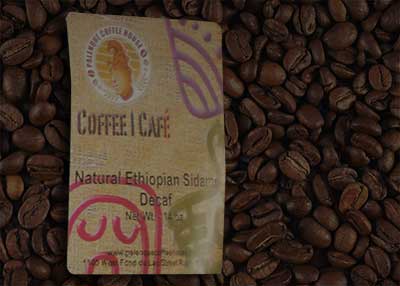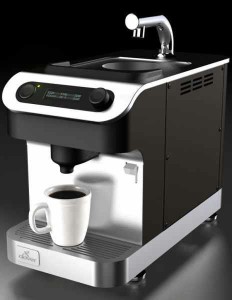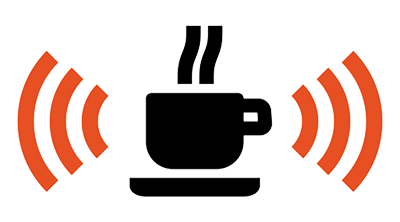An Aside: Understanding Coffee You Buy in the Supermarket

Although South America is the top producer of coffee, it’s not easy to pick just any one continent from which the best coffee is produced. Yes, there are lots of great coffees in Brazil – you’ve just learned some of them – but this presents an incomplete picture of the world coffee market as a whole.
Much of the coffee you buy in the supermarket is a multiple origin coffee, often blends including Robusta, Arabica, or in some cases a blend of each. In coffee makers of the lowest standards, it’s entirely possible that you could be buying coffee from two entirely different regions. The result, of course, is muddle flavor, conflicting acidity, and a body that is not representative of either type of coffee. In essence, if you don’t pay attention to the kind of coffee you buy on a regular basis, there’s a good chance that you could end up with coffee at its worst.
In seeking out the best single origin coffees in the world, you’ve already expanded your knowledge so that you’ll be able to make more informed decisions the next time you go shopping for coffee or go to grab a quick cup of Joe from your local supermarket.
Some advertisements will tell you that coffee comes from Columbia, or that it comes from Brazil. This is a great thing, of course, but you have to pay attention to what the marketers are not telling you: is the coffee from Brazil a Robusta multi-blend? There’s a reason you don’t always get the same cup of coffee you expect: they don’t always put what you’re not getting on the label.
Our study of South America is a good time to point this out simply because so much of the coffee South America produces ends up in North American supermarkets. Note that just because a coffee comes from South America doesn’t necessarily mean that it’s what you want in your cup. Much of the coffee of Brazil, for example, is considered merely “drinkable” by some aficionados’ standards.





